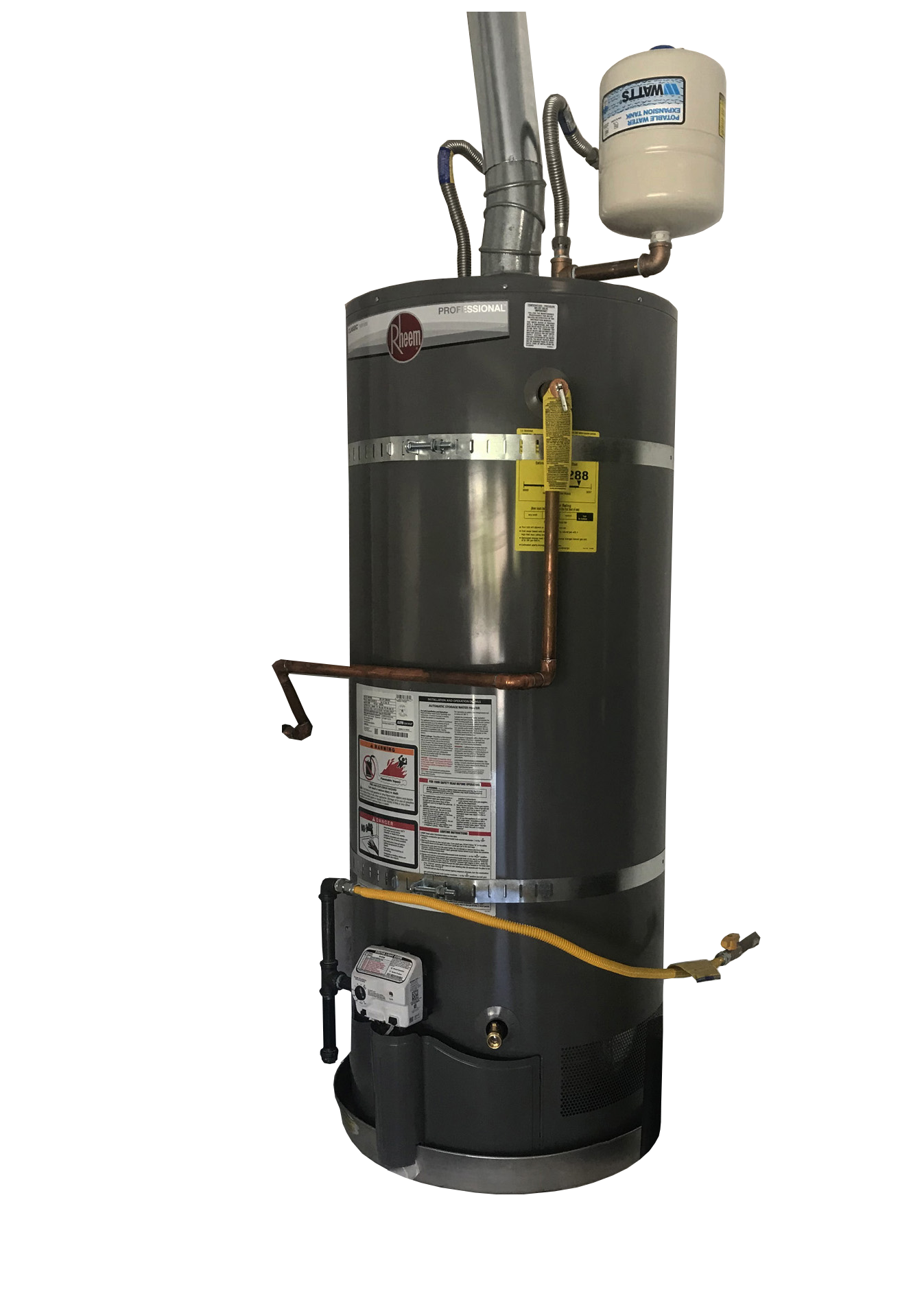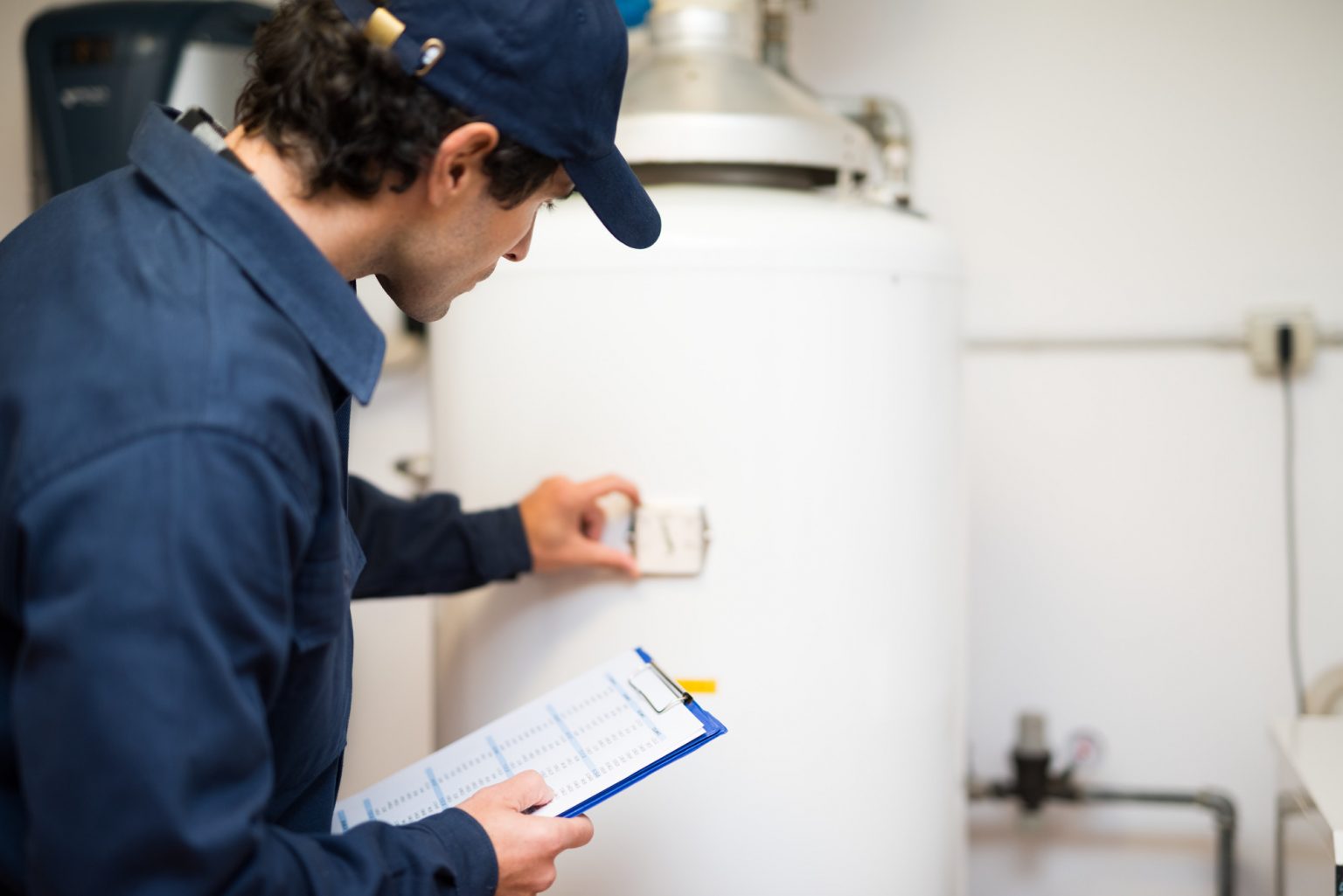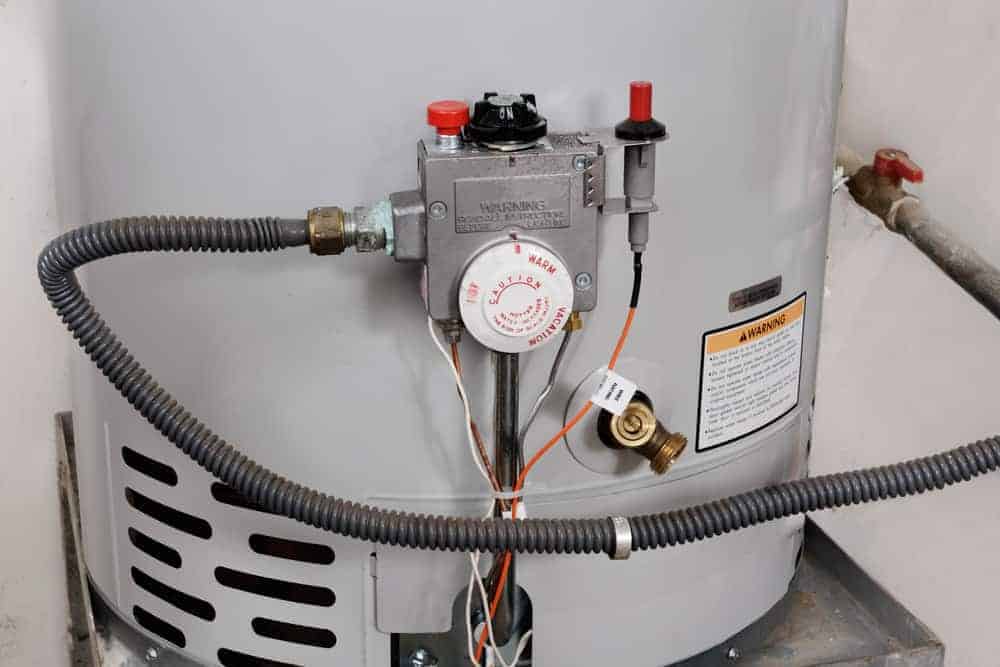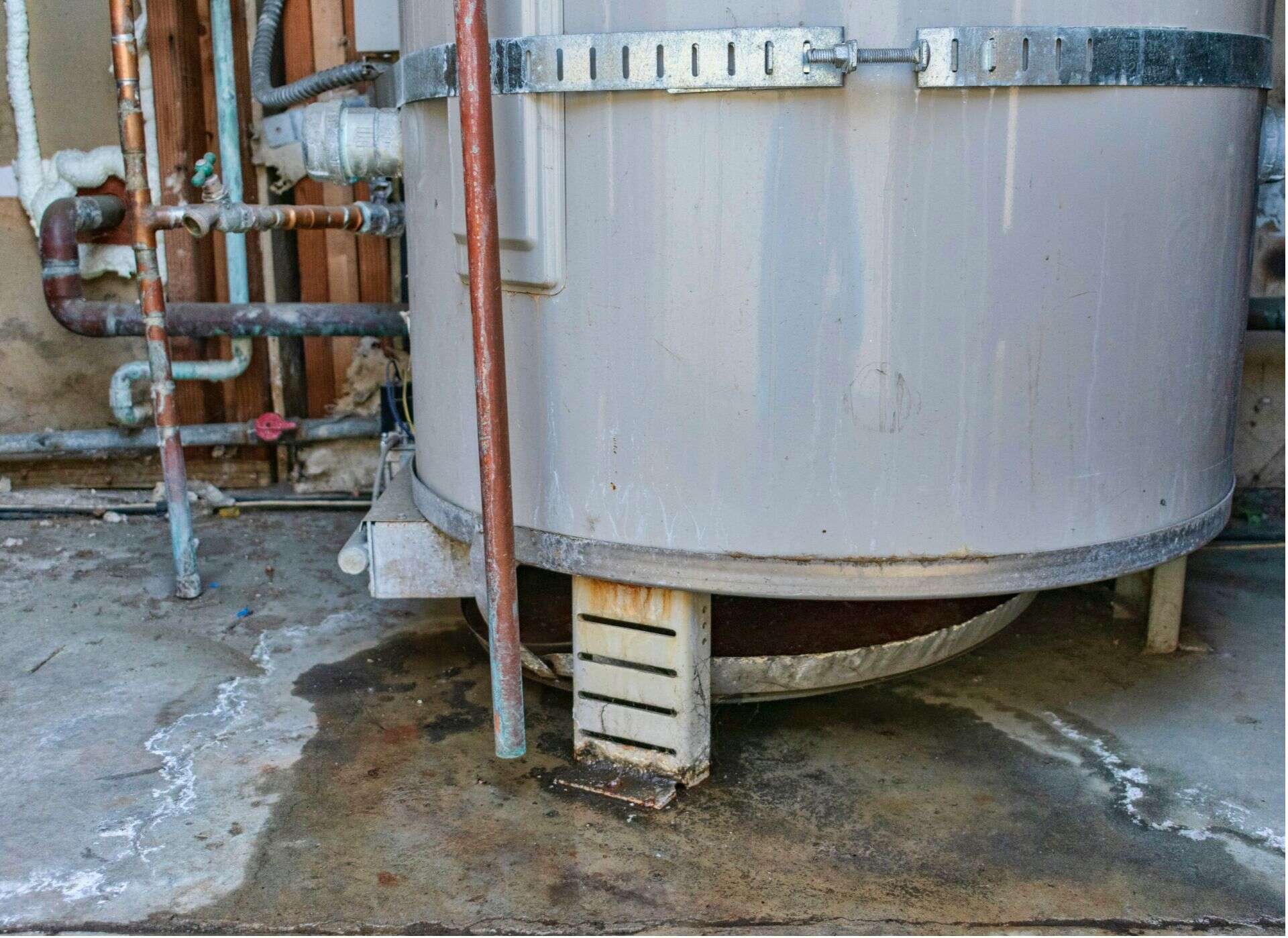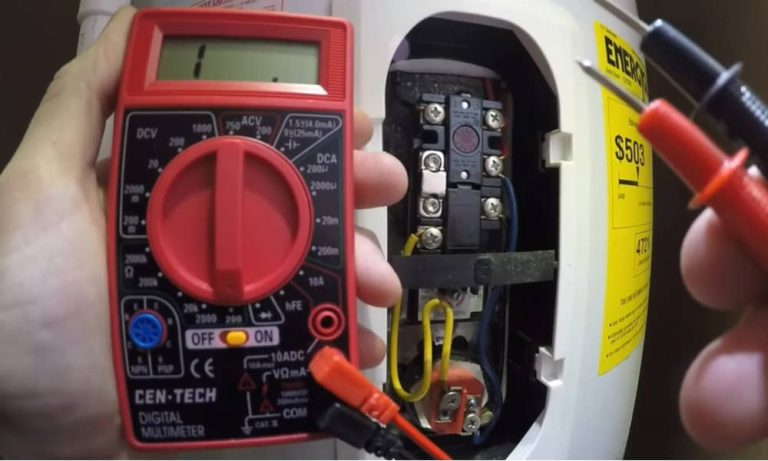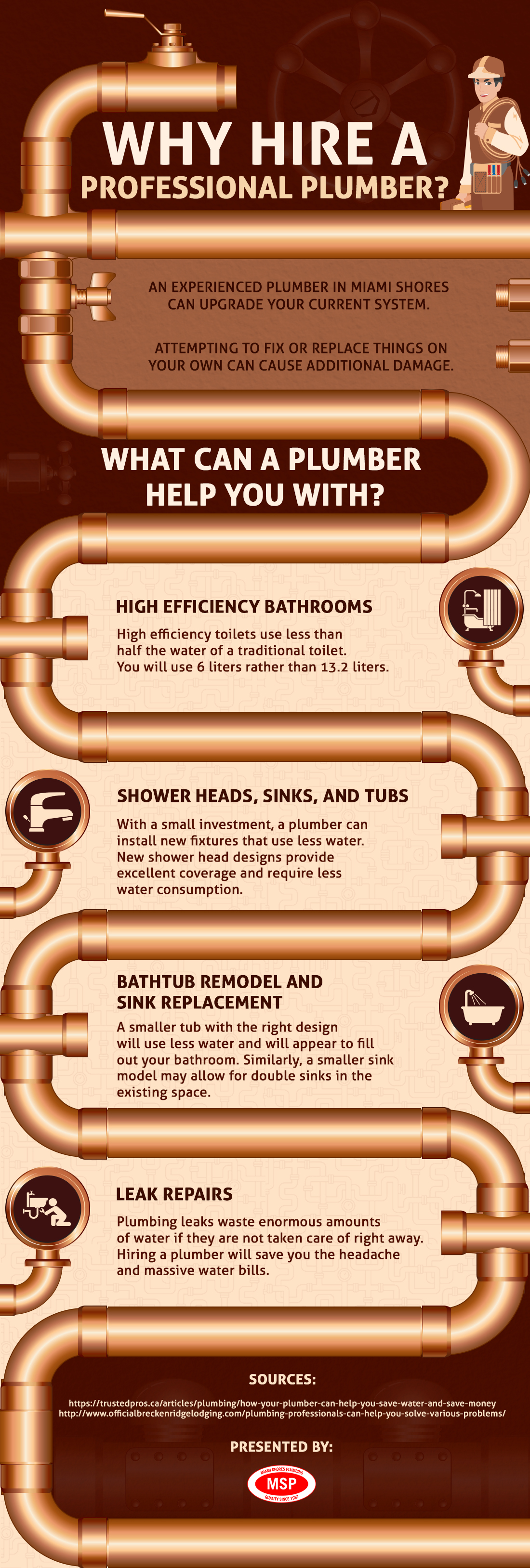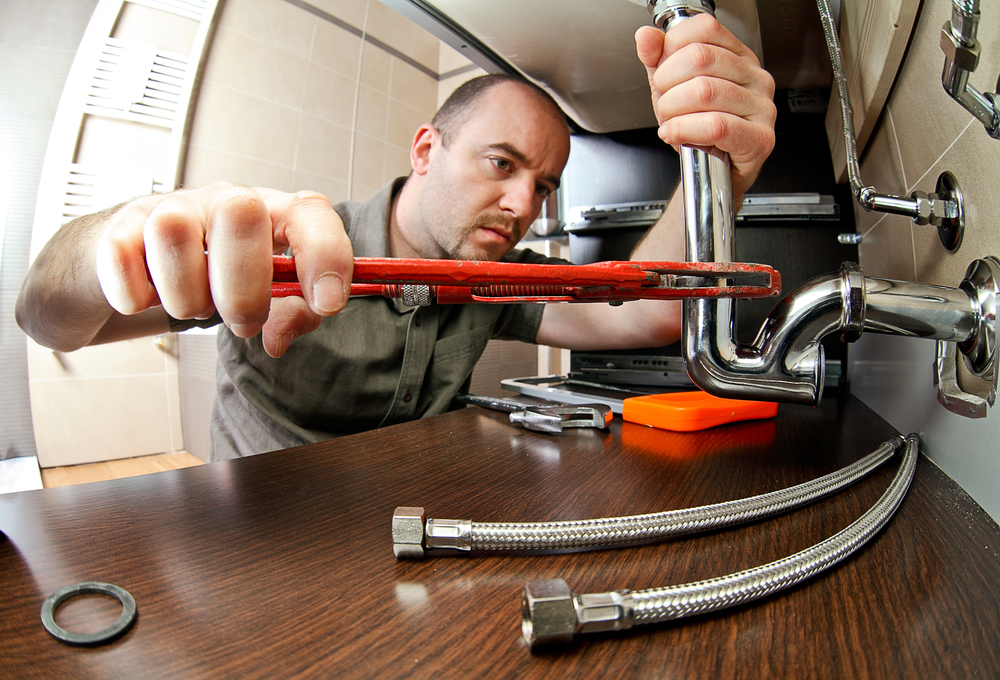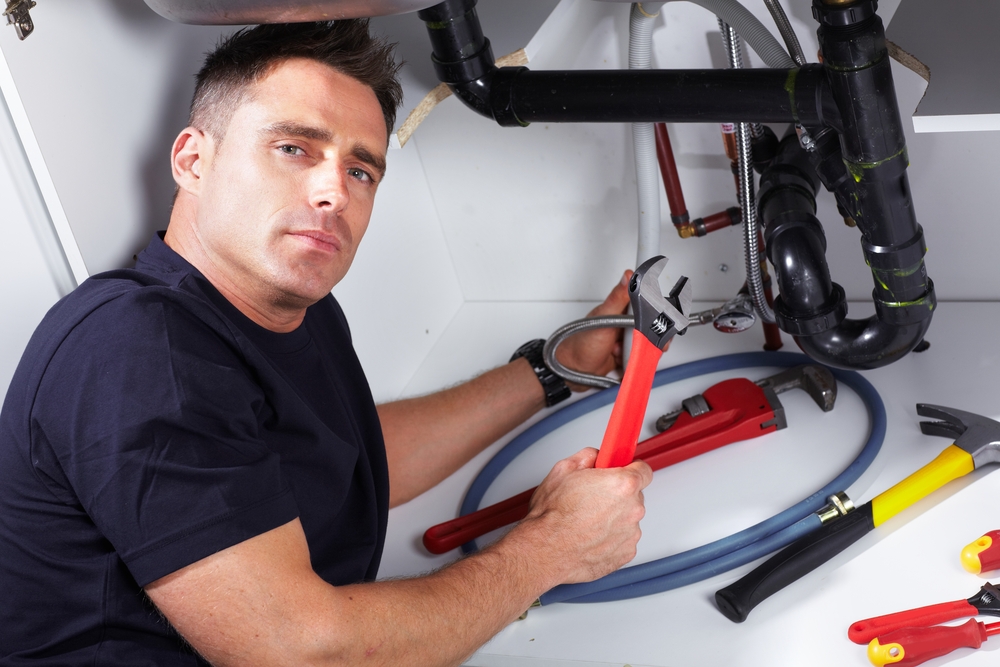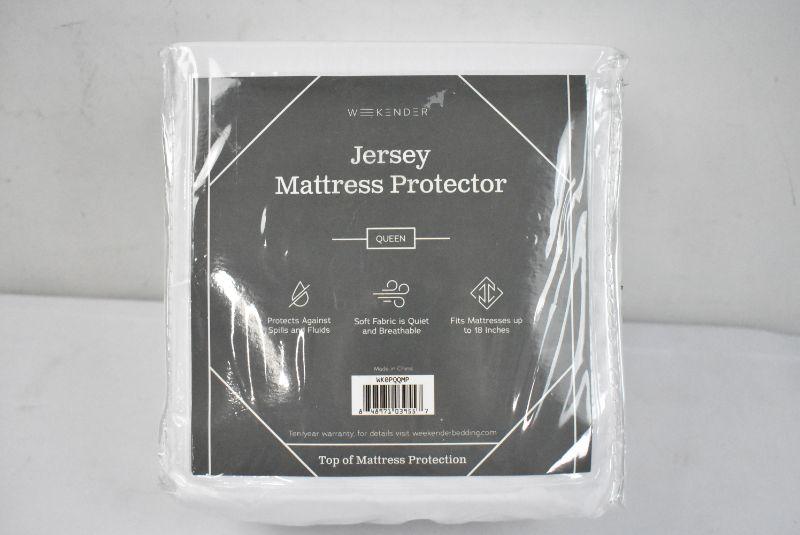If you've noticed a decrease in water flow in your kitchen sink, the first thing you should check is the aerator. This small device is attached to the end of your faucet and is responsible for mixing air into the water to create a steady stream. Over time, the aerator can become clogged with mineral deposits or debris, causing low water flow. To check the aerator, simply unscrew it from the faucet and clean it out with a toothbrush and vinegar. This simple fix can often solve the problem of low water flow in your kitchen sink.Check the aerator
The water supply valve is another potential culprit for low water flow in your kitchen sink. This valve controls the water flow to your sink, and if it is partially closed, it can restrict the flow of water. Check under your sink to locate the water supply valve and make sure it is fully open. If it is already open, try turning it off and then back on again to see if that improves the water flow.Check the water supply valve
The faucet cartridge is the mechanism inside your faucet that controls the flow of water. Over time, it can become worn or damaged, leading to low water flow in your kitchen sink. To check the faucet cartridge, turn off the water supply to your sink and unscrew the handle of your faucet. Then, remove the cartridge and inspect it for any signs of damage. If it is damaged, you can replace it with a new one to improve the water flow.Check the faucet cartridge
Low water pressure can also contribute to low water flow in your kitchen sink. If you have low water pressure throughout your home, it could be a problem with your water main or a municipal issue. However, if it is only affecting your kitchen sink, it could be an issue with the pipes or the faucet itself. You can test your water pressure by using a pressure gauge, or you can call a plumber to help diagnose and fix the issue.Check the water pressure
If none of the above solutions have improved the water flow in your kitchen sink, it's time to check for clogs in the pipes. Over time, debris and mineral deposits can build up in your pipes, causing blockages that restrict water flow. You can try using a plunger or a drain snake to clear out any clogs, but for more stubborn clogs, it's best to call a professional plumber.Check for clogs in the pipes
If your kitchen sink has a built-in water filter, it's important to regularly check and replace it. A clogged or dirty filter can greatly reduce water flow in your sink. Follow the manufacturer's instructions for replacing the filter, and make sure to do it on a regular basis to maintain optimal water flow.Check the water filter
A leak in your pipes can also cause low water flow in your kitchen sink. Even a small leak can significantly reduce water pressure, so it's important to check for any leaks and have them repaired as soon as possible. Inspect the pipes under your sink for any signs of water and listen for any hissing or dripping sounds that could indicate a leak.Check for leaks in the pipes
If your home has a water pressure regulator, it could be the cause of low water flow in your kitchen sink. This device is responsible for regulating the water pressure throughout your home, and if it is not functioning properly, it can lead to low water flow. You can check the pressure regulator and make sure it is set at the correct pressure, or call a plumber for assistance.Check the water pressure regulator
If you are experiencing low water flow only with hot water, the issue could be with your hot water heater. Sediment and mineral deposits can build up in the tank, reducing its efficiency and causing low water flow. To fix this, you can drain and flush your hot water heater, or call a professional to do it for you.Check the hot water heater
If you have tried all of the above solutions and are still experiencing low water flow in your kitchen sink, it's time to call a professional plumber. They have the expertise and tools to diagnose and fix any underlying issues that may be causing the problem. Don't hesitate to call for help and get your kitchen sink back to full water flow.Call a plumber for professional help
How to Improve Low Water Flow in Your Kitchen Sink

Possible Causes of Low Water Flow
 There are several possible reasons why you may be experiencing low water flow in your kitchen sink. One of the most common causes is a clogged aerator. This is a small mesh screen that is located at the end of your faucet and helps to regulate the water flow. Over time, mineral deposits and debris can build up on the aerator, causing the water to come out in a weak stream. Another possible cause is a clogged or damaged pipe. If there is a blockage or damage in the pipes leading to your kitchen sink, it can restrict the water flow. Additionally, old and worn out pipes may also contribute to low water flow.
There are several possible reasons why you may be experiencing low water flow in your kitchen sink. One of the most common causes is a clogged aerator. This is a small mesh screen that is located at the end of your faucet and helps to regulate the water flow. Over time, mineral deposits and debris can build up on the aerator, causing the water to come out in a weak stream. Another possible cause is a clogged or damaged pipe. If there is a blockage or damage in the pipes leading to your kitchen sink, it can restrict the water flow. Additionally, old and worn out pipes may also contribute to low water flow.
Steps to Improve Water Flow
 The good news is that there are several simple steps you can take to improve the water flow in your kitchen sink. The first step is to clean or replace the aerator. To do this, unscrew the aerator from the end of the faucet and clean it thoroughly with a mixture of warm water and vinegar. If the aerator is damaged, it may need to be replaced. You can find a replacement at your local hardware store. Another step you can take is to check for any clogs or damage in the pipes leading to your kitchen sink. If you are not comfortable doing this yourself, it is best to hire a professional plumber to assess and fix any issues. Lastly, if your pipes are old and worn out, it may be time to replace them. This will not only improve water flow but also prevent potential leaks and water damage in the future.
The good news is that there are several simple steps you can take to improve the water flow in your kitchen sink. The first step is to clean or replace the aerator. To do this, unscrew the aerator from the end of the faucet and clean it thoroughly with a mixture of warm water and vinegar. If the aerator is damaged, it may need to be replaced. You can find a replacement at your local hardware store. Another step you can take is to check for any clogs or damage in the pipes leading to your kitchen sink. If you are not comfortable doing this yourself, it is best to hire a professional plumber to assess and fix any issues. Lastly, if your pipes are old and worn out, it may be time to replace them. This will not only improve water flow but also prevent potential leaks and water damage in the future.
Preventative Measures for Maintaining Good Water Flow
 To prevent low water flow in the future, there are some simple preventative measures you can take. Regularly cleaning the aerator and using a sink strainer to catch debris can help prevent clogs. Also, be mindful of what you put down your kitchen sink. Avoid pouring grease, oil, or large food particles down the drain as they can cause buildup and clogs. Additionally, consider replacing your pipes every 15-20 years to ensure good water flow and prevent any potential issues.
In conclusion, low water flow in your kitchen sink can be frustrating, but it is a common issue that can be easily fixed. By following these simple steps and taking preventative measures, you can improve your water flow and avoid any future problems. If you are unsure or uncomfortable with any of the steps, it is always best to seek the help of a professional plumber. With a little maintenance, you can ensure your kitchen sink always has a strong and steady flow of water.
To prevent low water flow in the future, there are some simple preventative measures you can take. Regularly cleaning the aerator and using a sink strainer to catch debris can help prevent clogs. Also, be mindful of what you put down your kitchen sink. Avoid pouring grease, oil, or large food particles down the drain as they can cause buildup and clogs. Additionally, consider replacing your pipes every 15-20 years to ensure good water flow and prevent any potential issues.
In conclusion, low water flow in your kitchen sink can be frustrating, but it is a common issue that can be easily fixed. By following these simple steps and taking preventative measures, you can improve your water flow and avoid any future problems. If you are unsure or uncomfortable with any of the steps, it is always best to seek the help of a professional plumber. With a little maintenance, you can ensure your kitchen sink always has a strong and steady flow of water.










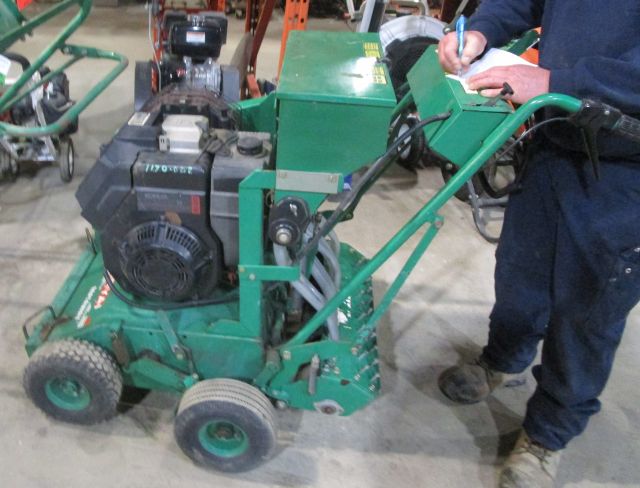
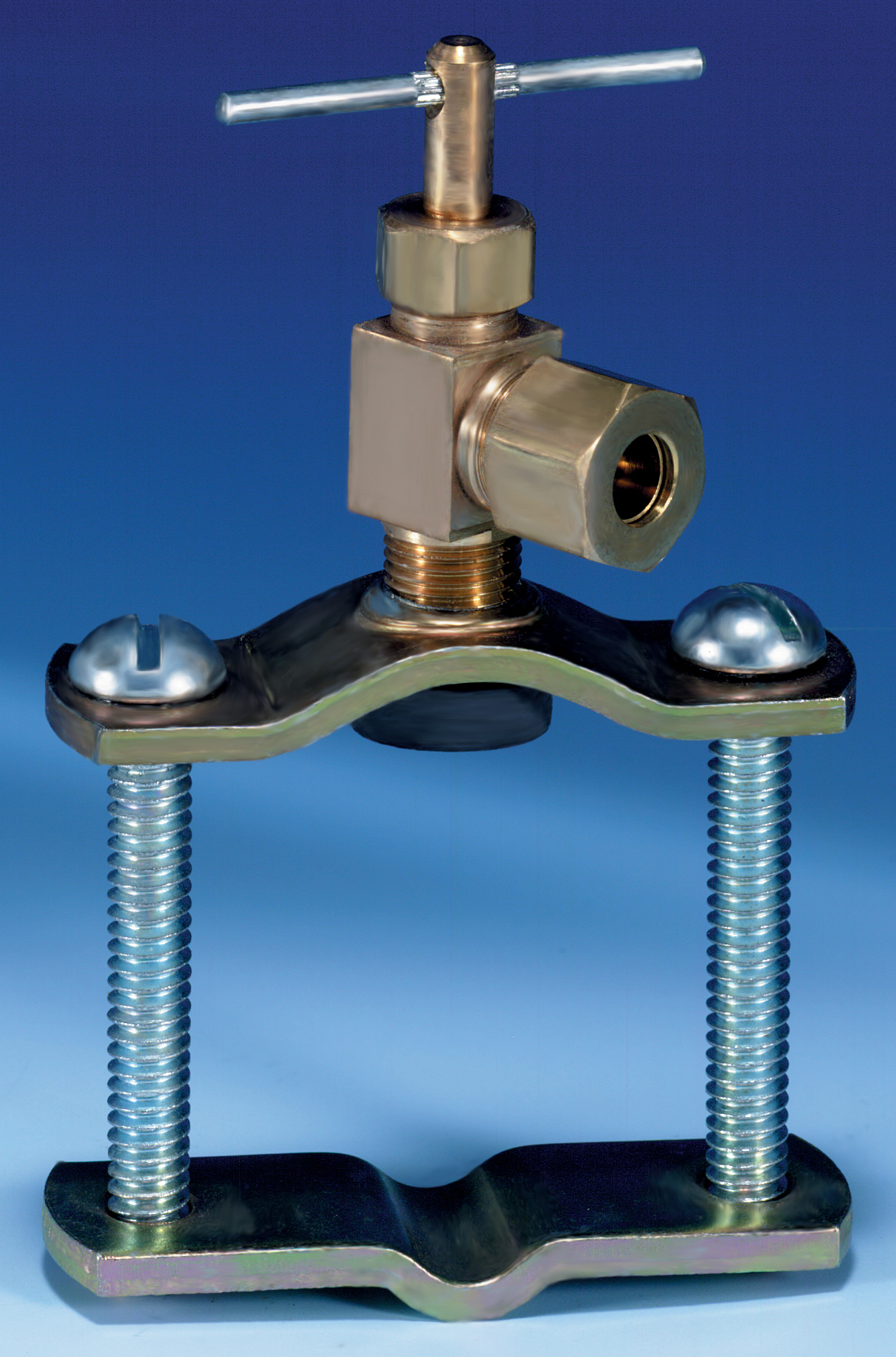





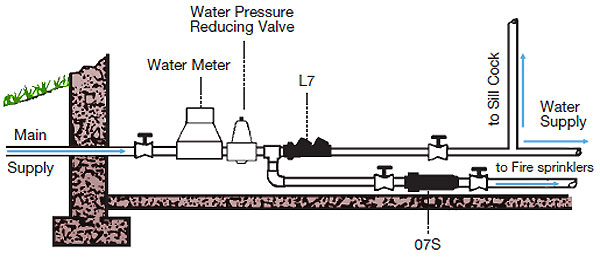

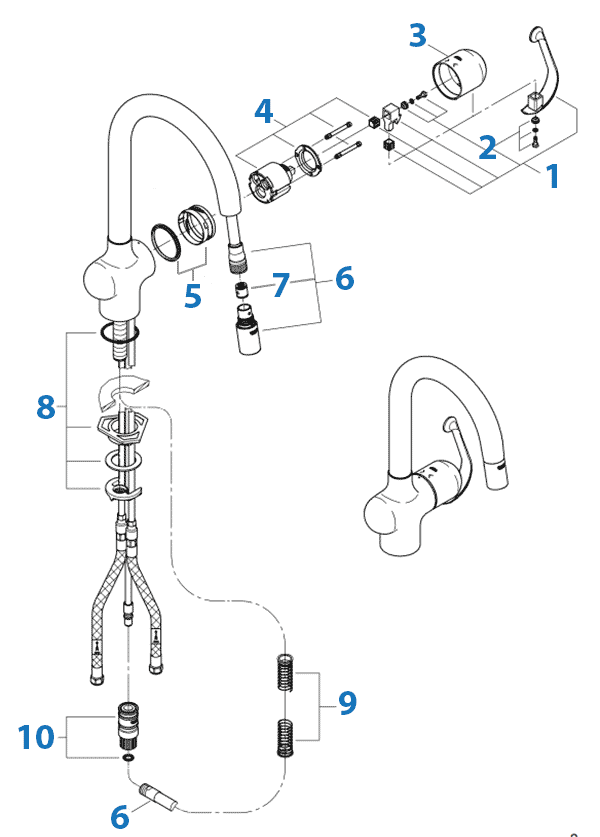








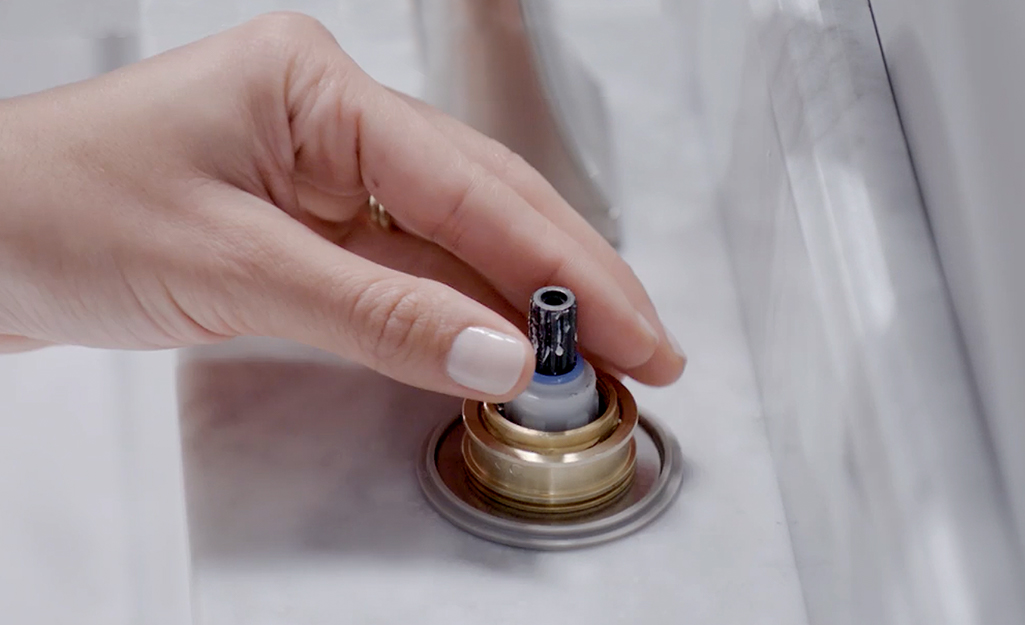



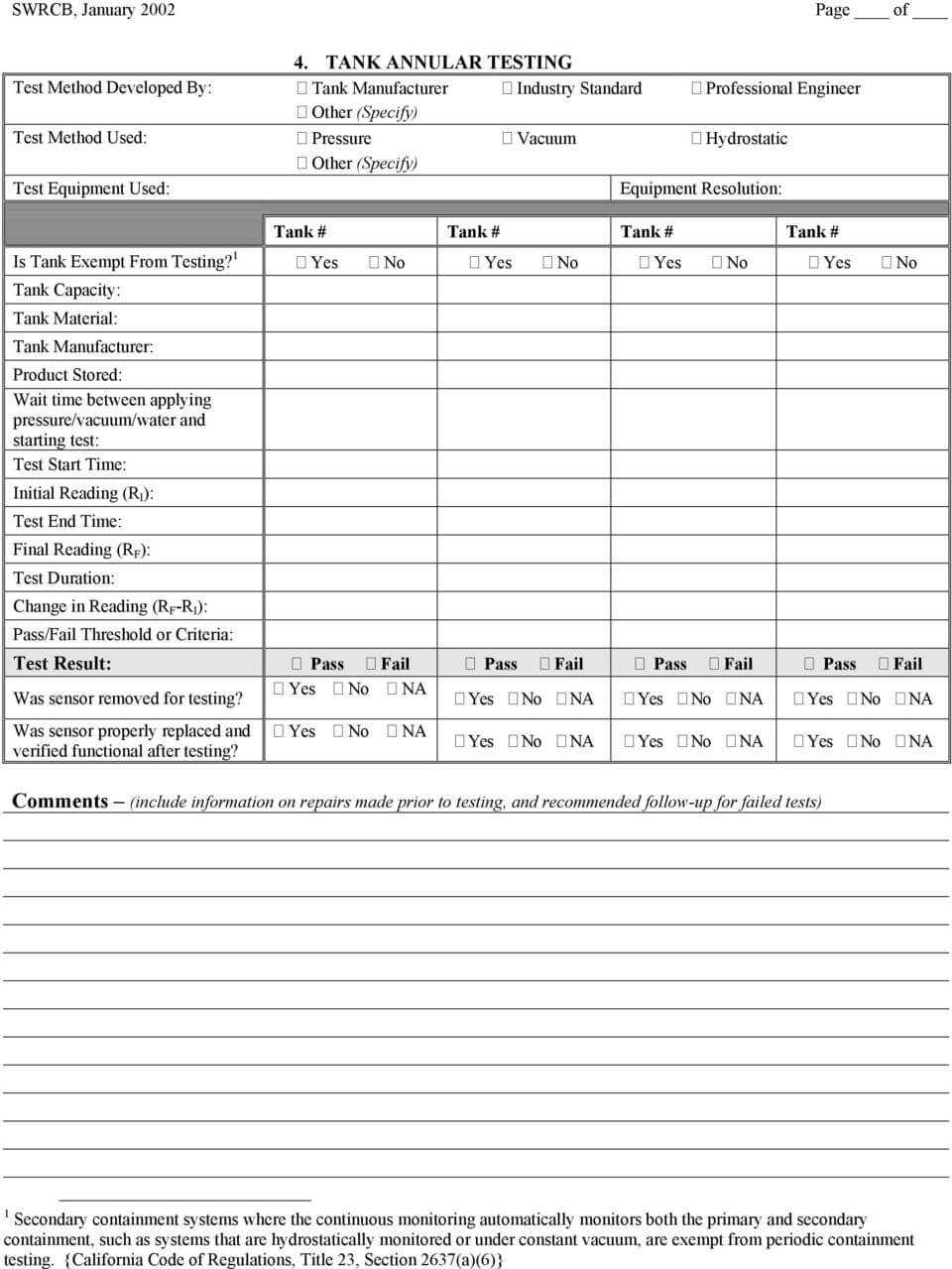
/93097679-56a73c295f9b58b7d0e81657.jpg)

:max_bytes(150000):strip_icc()/testing-water-pressure-in-your-home-2718692-04-c37ab3236d0d4b61b87079ebf9ef823e.jpg)


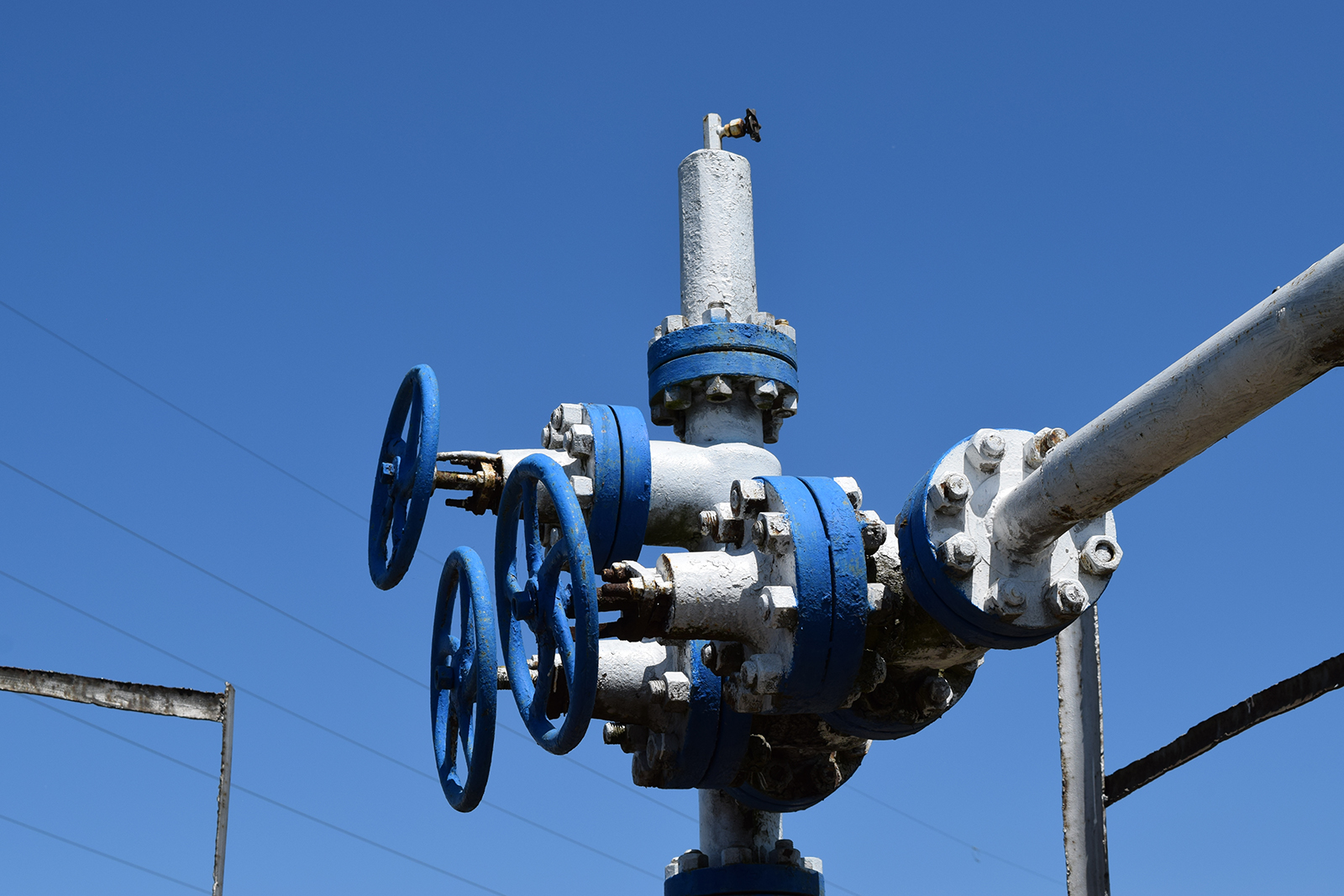
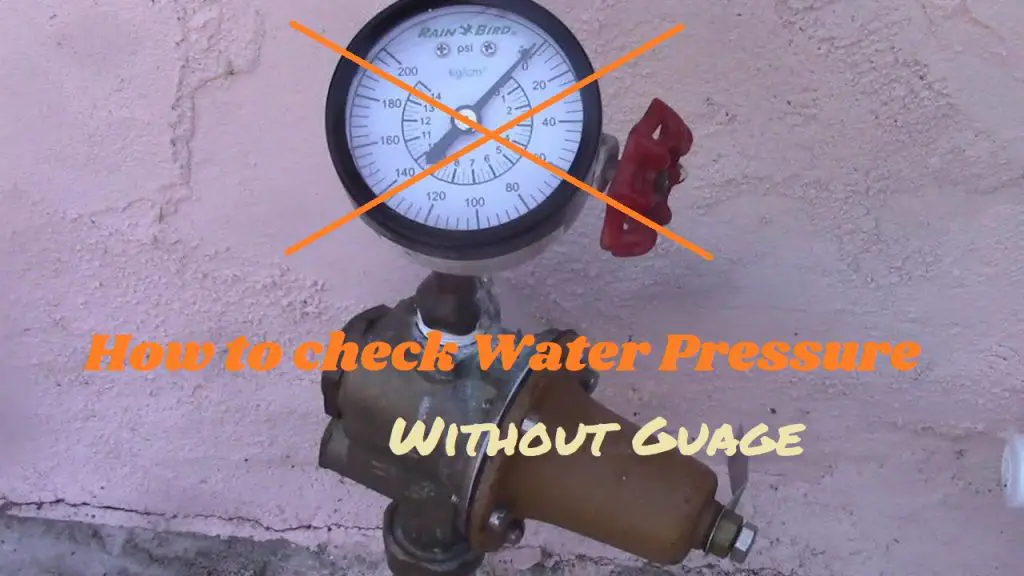

















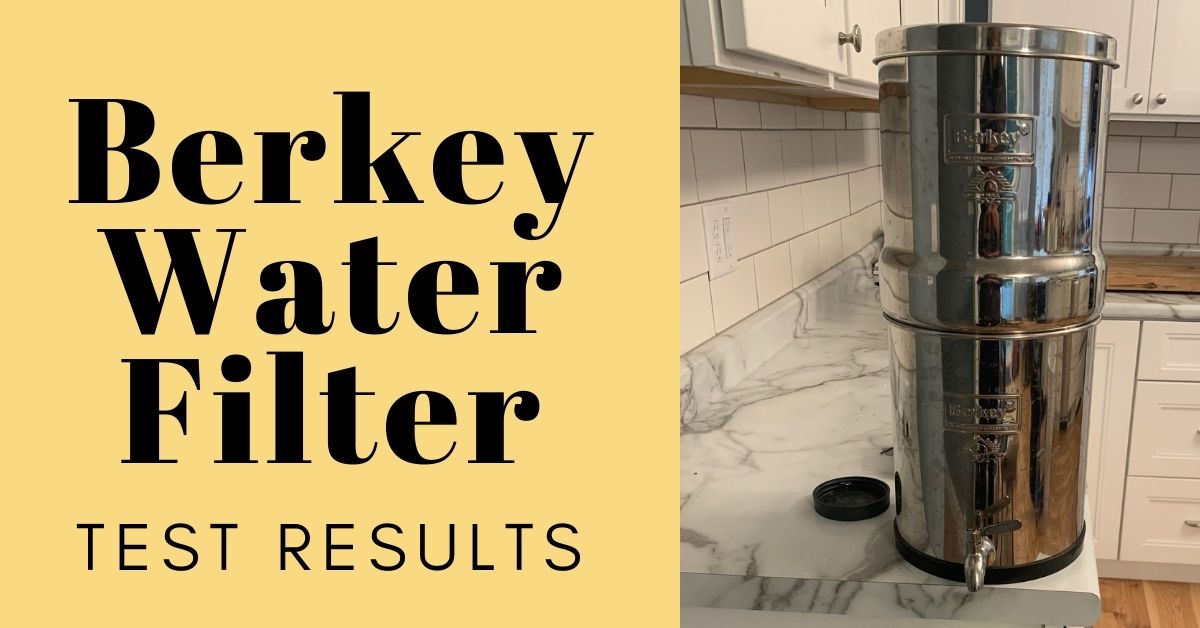
/cdn.vox-cdn.com/uploads/chorus_image/image/63879746/WaterFilter_2.0.jpg)






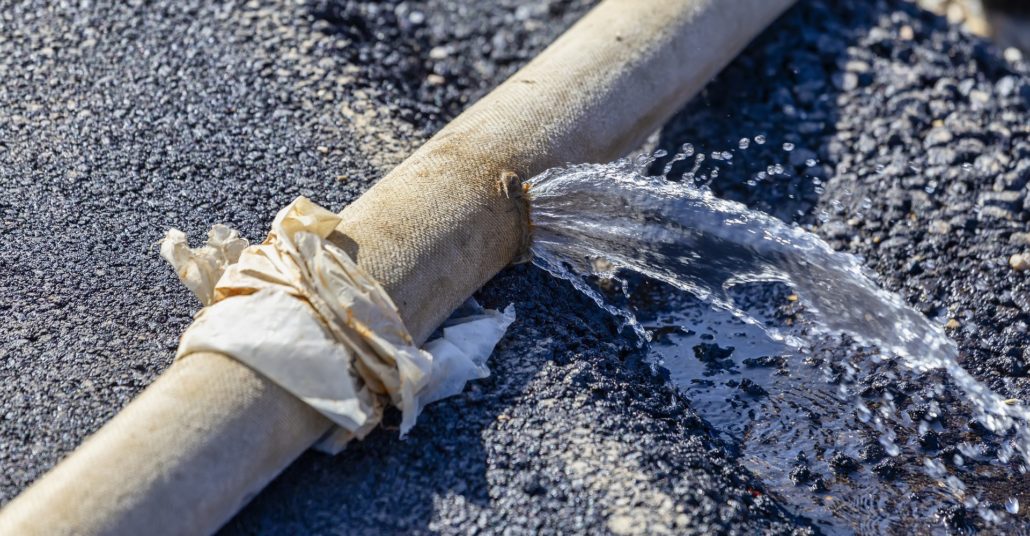



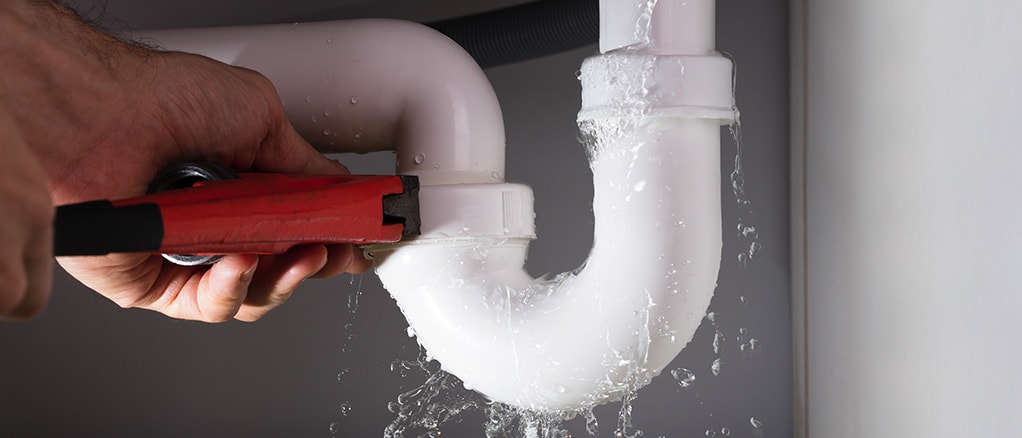




:max_bytes(150000):strip_icc()/the-men-s-hand-opens-the-ball-valve-on-the-collector-1006810456-5c5fc73fc9e77c000159c4af.jpg)









